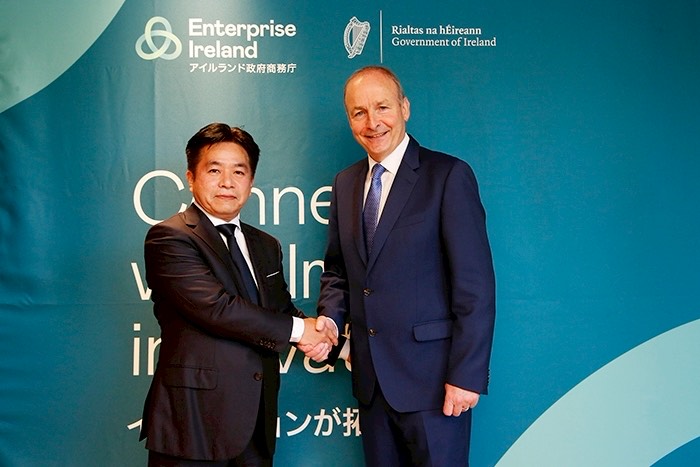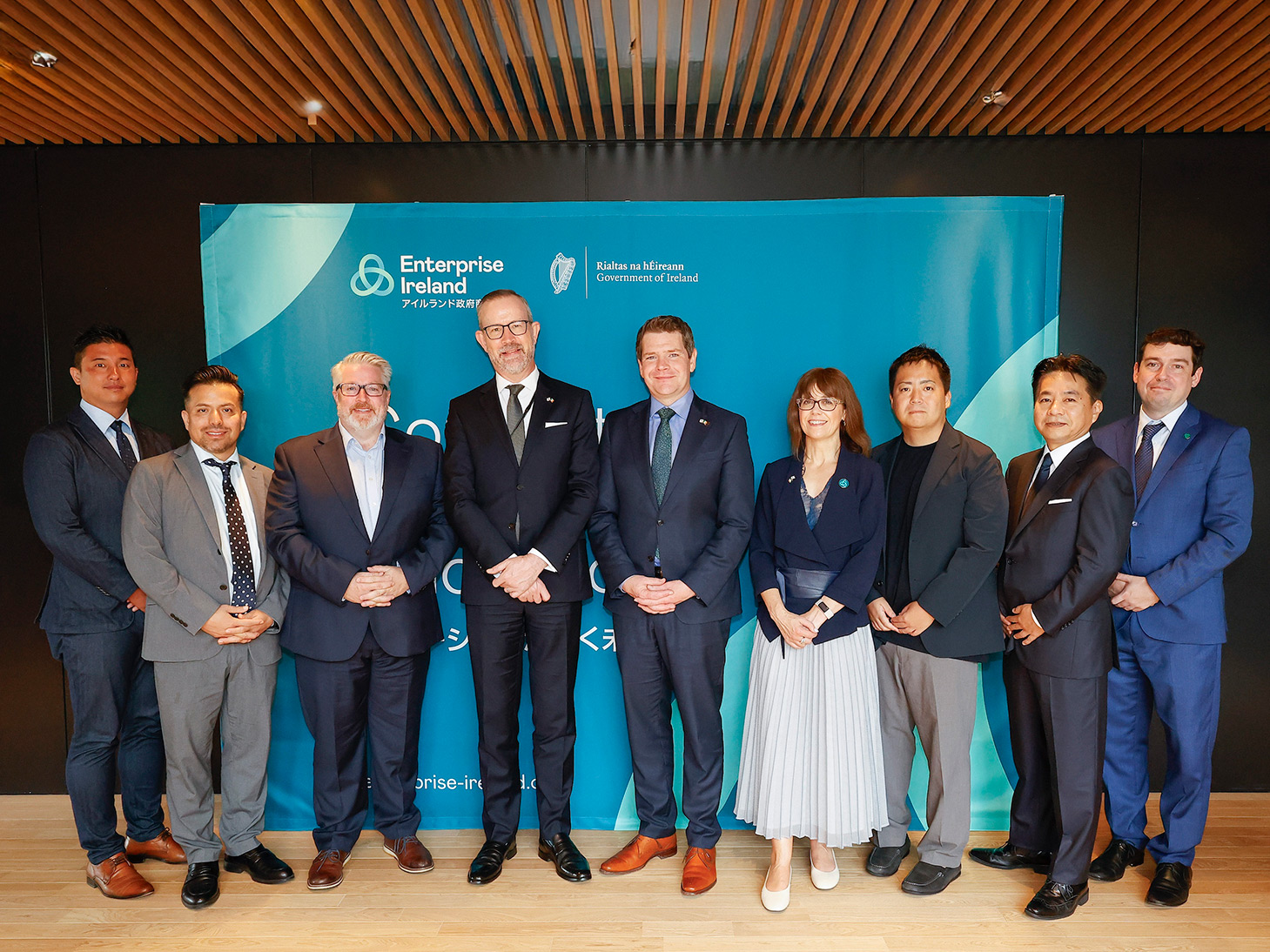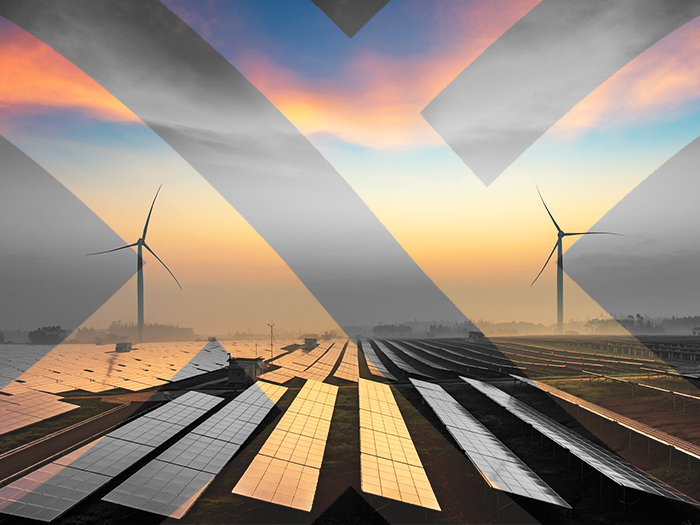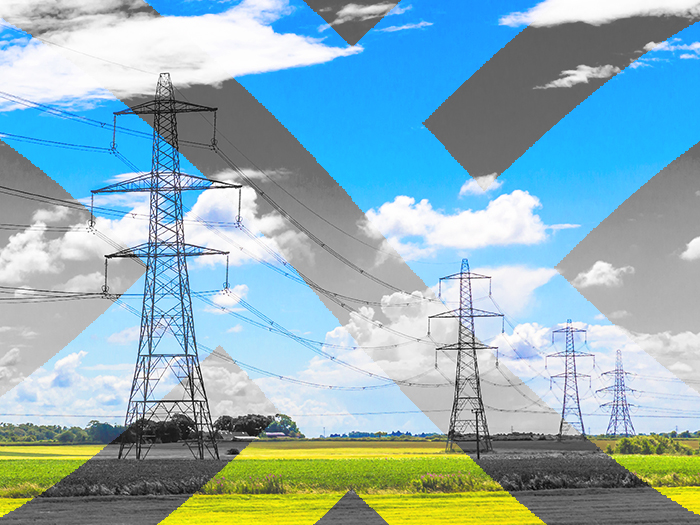News
better business decisions
Posted 5 years ago | 9 minute read
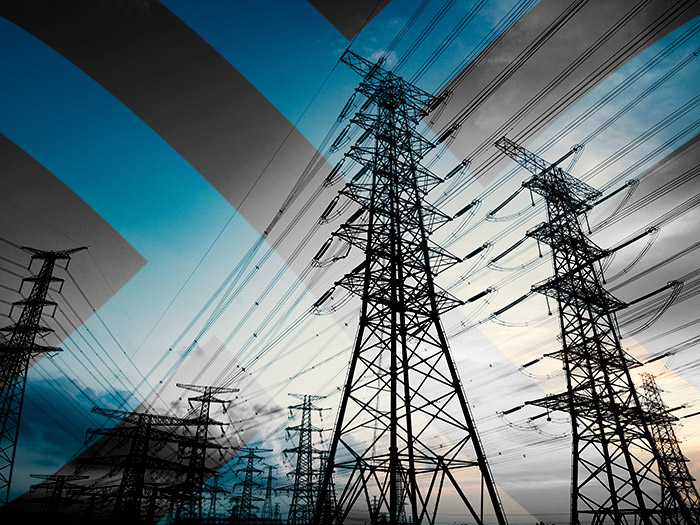
The Targeted Charging Review – What Does it Mean for Triads?
Triad avoidance has been the cornerstone of energy cost savings for thousands of half-hourly metered businesses. But things are changing drastically, and the bottom line? Residual charges, which make up the majority of this cost, will become unavoidable.
We had Eamonn Bell, our Head of Market Strategy, break down how the new system is likely to work, and report on how this is likely to affect businesses…
UPDATE: The TCR reforms have now been postponed by Ofgem. Click here for more information on the decision. Aside from the new dates, all other information in this article is correct.
So, what’s the background to the Targeted Charging Review?
On 21st November 2019, Ofgem published its final decision on the Targeted Charging Review (TCR). The TCR is part of Ofgem’s ongoing work to update the way that consumers pay for their use of the electricity network infrastructure.
Ofgem’s final decision was that ‘Final Demand’ users should pay the Demand Residual component of the Use of System (UoS) charges at a fixed rate on a pence-per-site-per-day basis. What that means in clearer terms is broken down and set out below.
Can you give us an outline of the current charges?
The electricity network costs money to build, operate, and maintain. Network operators can charge consumers each year to cover their costs. These charges are regulated and capped by Ofgem.
Network companies are natural monopolies – you don’t have a choice as to which network your home or business connects to, which is why they have to regulated. The networks recover their costs via ‘Use of System’ (UoS) charges. These comprise roughly a quarter of the cost of an annual electricity bill.
UoS charges are made up of a forward-looking component and a residual component.
The forward-looking component can comprise a locational component, intended to reflect the relative cost of having electricity supplied to you over the network in different parts of the country. There may also be a time-of-use component, intended to encourage consumption at or away from various times of the day.
The residual component makes up the remainder of the costs the network companies can recover after setting their forward-looking pricing signals.
This residual component is the part of the UoS charges which half-hourly metered customers have been able to avoid paying by reducing consumption over the three ‘Triad’ periods each year.

The problem with this?
The networks can raise their regulated totals each year, so if one consumer avoids the charge, someone else will have to pick it up. Essentially, the cost of transmission is what it is, and costs will be recovered for it one way or another.
Ofgem have now decided that it is not fair that some parties are able to avoid a cost which will ultimately fall onto those unable to take actions to avoid it.
Ofgem’s final decision covers how the residual charges will be collected. Future work will examine how access charges (what a party has to pay to connect to the system) and the forward-looking charges may be reassessed, and so are not addressed here.
What is changing? And what isn’t changing?
Ofgem’s current TCR decision affects only the residual components of UoS charges.
The residual component of the Transmission UoS charge will be changed to a fixed-charge-per-day-per-site system from April 2021, and the residual component of the Distribution UoS charge will be similarly changed from April 2022.
The forward-looking components of the UoS charges will be addressed through Ofgem’s ongoing Significant Code Review (SCR). The work of the SCR is expected to be implemented by 2023.
Ofgem has said that the rules have been changed so that the residual components are ‘unavoidable’ for consumers, but that forward-looking elements may in theory still be avoided via the Triad process. It should be noted, however, that the residual element accounted for most of any avoided cost.
What is meant by a “final demand” customer?
Only consumers with ‘Final Demand’ will pay the residual charges. This means that stand-alone generators and storage sites which are deemed to have no final demand themselves will be classed as generators and won’t face the residual elements of the Use of System charges. There currently will be no need for storage sites to hold a generator licence for these arrangements, although that may change as proposals are developed over 2020. Work is ongoing to establish charging rules for sites which may comprise both final demand and storage components.
What if a single site has several MPANs?
Where a consumer’s site comprises multiple MPANs, only a single fixed charge will apply. The banding will be attached to the site’s ‘lead’ MPAN, and MPANs associated with the same location will be assigned residual charge of zero.
What are the steps to deciding the charging bands?
Ofgem has decided to split out the residual component of the Use of System fees. These differ for each type of consumer in each region.
The forward-looking components will not be charged in this fashion until the SCR establishes their new regime for 2023.
The following steps show how we understand the Transmission UoS charge will be allocated from April 2021. A similar process will happen for the Distribution UoS charge.
Step 1
Each year Ofgem agrees an amount which National Grid, the Transmission System Operator (TSO), is permitted to raise from electricity consumers.
Over 2020/21 this will amount to £2.84bn and over 2021/22 this is projected to go up to £3.08bn. Each Distribution Network Operator (DNO) similarly arranges an amount which they can raise from consumers.
Step 2
The Transmission sums are divided up across the 14 Distribution Service Areas (DSAs) via the existing industry CDCM/EDCM methodologies. Within each DSA there will therefore be a fixed amount to raise. This also applies to the Distribution sums as well.
Step 3
Consumers within each DSA will be allocated a charging band. The total amount to be raised within each DSA will be allocated between six general categories depending on the point of the network the consumer is connected to.
The Transmission charging categories will be split up as follows:
- Domestic consumers
- Low Voltage (LV) connected consumers with no Maximum Import Capacity (MIC) – split over 4 sub-bands
- LV connected consumers with an agreed MIC – split over 4 sub-bands
- High Voltage (HV) connected consumers – split over 4 sub-bands
- Extra High Voltage (EHV) connected consumers – split over 4 sub-bands
- Transmission Connected consumers
How will this work for domestic consumers?
Within each DSA a portion of the amount to be raised will be allocated to Domestic consumers. Ofgem have decided that a flat fee per consumer per year will be applied, regardless of the size of the property.
How will this work for transmission connected consumers?
All Transmission Connected demand within each DSA will also be allocated a share of the total amount to be raised. The same fixed fee per site will apply to all Transmission connected sites within each DSA.
How will this work for distribution connected consumers? i.e. industrial, commercial and institutional sites.
All half-hourly metered Distribution Connected Consumers will be allocated to charging bands first by the level of their connection voltage (LV, HF, or EHV). Then by the size of their Maximum Import Capacity (MIC), as agreed with their relevant DNO.
The current plan from Ofgem is that all HV and EHV customers will be allocated by their MIC, but LV consumers who do not have an agreed MIC in place will be allocated to a band based on their average annual consumption over the last 24 months.
Where such data does not exist, processes will be put in place to estimate 24 months of annual consumption. Consumers will be put into a charging band based on this estimated data, and a reassessment may be done once 24 months’ worth of data becomes available.

Each separate DSA will allocate its own fixed amount to be collected from each LV, HV, and EHV band. Consumers within each of these bands will be split into four further sub-bands along the following lines:
- 0 – 40th percentile
- 40th – 70th percentile
- 70th – 85th percentile
- 85th – 100th percentile
For instance, all LV consumers in a particular DSA who do not have an agreed MIC will be listed and sorted by their average 24-months of consumption. The bottom 40% will be put into the lowest LV-no-MIC charging band, the next 40%-70% will go into the second band, and so on.

What are the next steps?
The work has yet to be done to put actual numbers on the distribution bands and sub-bands. National Grid, along with the DNOs, are working to gather the necessary data to catalogue and assess every connected customer in order to allocate them to the appropriate bands.
It is expected that National Grid will produce the first version of the charging bands for non-domestic consumers by mid 2020. The indication given is that the charging bands will be reassessed for every five-year Transmission price control period.
There are no procedures planned for consumers to move between charging bands (for example, by adjusting their average consumption or agreeing a change to their MIC). The only time this is likely to be reviewed is at the beginning of each five-year Transmission charging price review. However, if this is addressed then we will report any new procedures as soon as possible.
How can businesses that have been participating in Triads counter the additional costs they may incur from the new unavoidable charges?
Find your flexibility and use it to participate in other areas of the market. GridBeyond are experts at finding the best place for your flexibility and stacking programmes for the most lucrative outcome. Whether that’s trading, an array of balancing services, efficiencies or asset optimisation.
Get in touch with the team for more information on how your business can take advantage of the extensive suite of energy services can benefit your business.

About Eamonn
Eamonn’s experience in energy markets, policies and regulations spans ten years. Eamonn holds Masters degrees in Physics from the University of Bristol and in Environmental Technology from Imperial College London. Having worked for a decade on the innovative side of the electricity industry – for aggregators and the wind industry’s trade body RenewableUK – Eamonn is arguably one of the best placed individuals to explain the intricacies of the energy markets and to simplify and clarify this complex part of the energy industry.
You can find a version of this article in Current+


